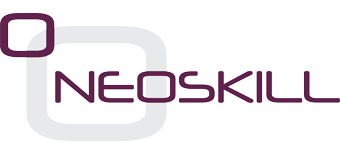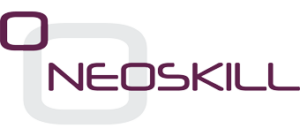What is reverse mentoring?
Reverse mentoring has been around for several decades yet isn’t a method many are familiar with. Reverse mentoring is where a junior employee mentors an executive in the company on changing practices. This method was created by Jack Welch, former CEO of General Electric, in the 1990s when he recognised the lack of technology skills his employees had. He paired the younger, new employees with the older adults to teach them how to use emerging technologies at work.
Reverse mentoring in today’s workplace, however, can be used for more than just technology. This method can be, and is often, used as part of creating a more diverse and inclusive work environment. Executives, leaders, and managers can develop their understanding of issues in the workplace that minority groups may face, for example, ethnic and LGBTQ+ minorities. Young professionals in these programmes also benefit, as being more involved with senior management can help their work efforts be recognised. This form of mentoring can provide a significant opportunity for leaders to gain the insights needed to make a change within organisations.
Of course, when considering implementing a reverse mentoring strategy some items should be considered:
- The matchings of mentor and mentee should be thought-out to ensure that the pair are compatible, without a conflict of interest to ensure confidentiality.
- Both parties must be enthusiastic and committed to taking part, as without this aspect the programme will be ineffective.
- The structure of the mentoring sessions: how long will the sessions last, how often will they take place and what topics should be covered?
This method can help develop greater inclusion in the workplace alongside a comprehensive diversity and inclusion strategy – an important strategy for organisations globally. Neoskill’s diversity and inclusion course will soon be available to book for your teams. Our “Diversity and Bias Awareness to Build Inclusion” training can help your workplace cultivate a more inclusive environment. To find out more information, please contact us.




